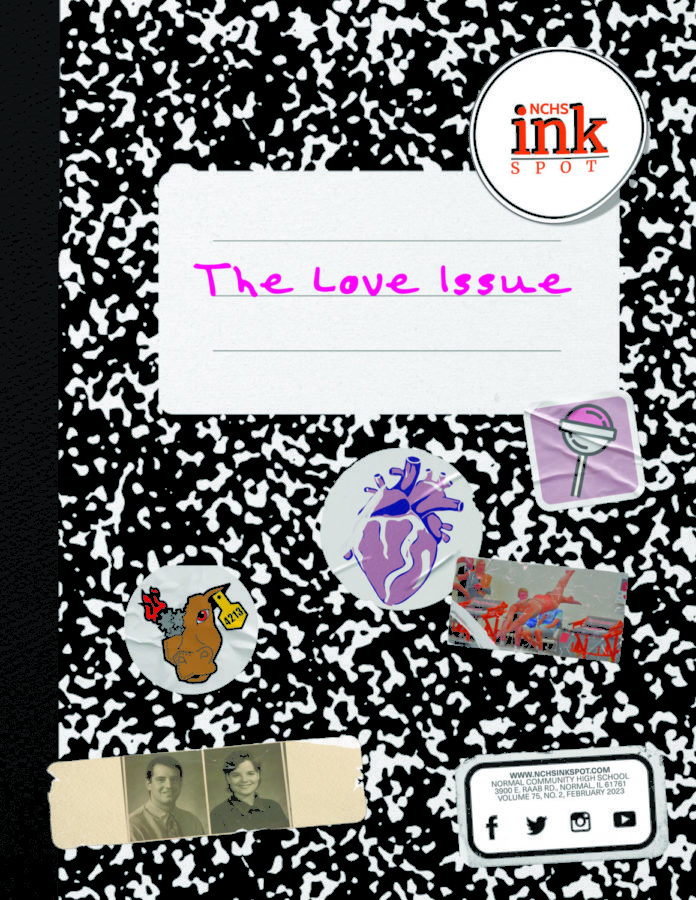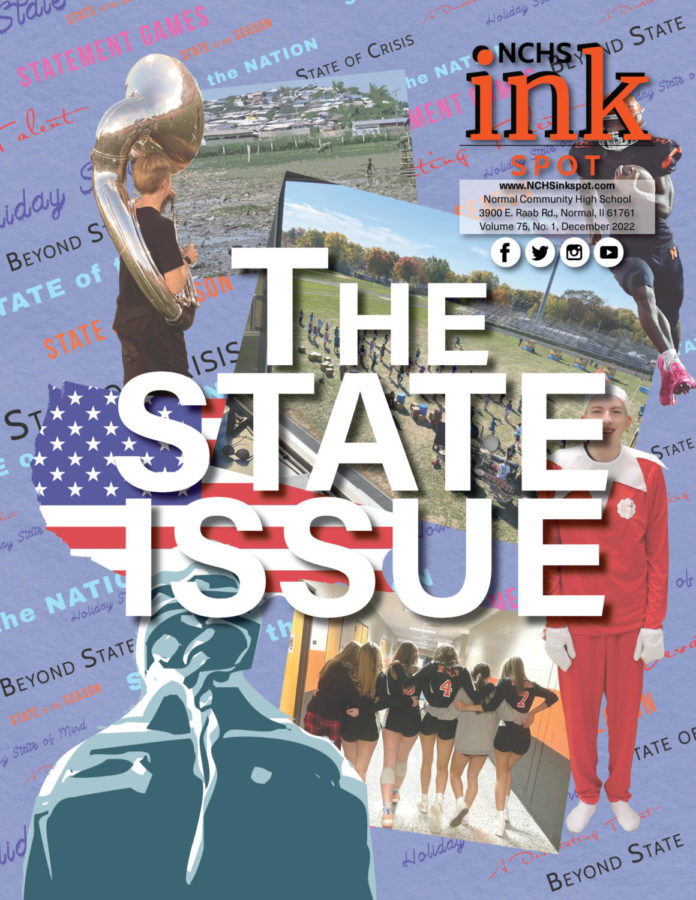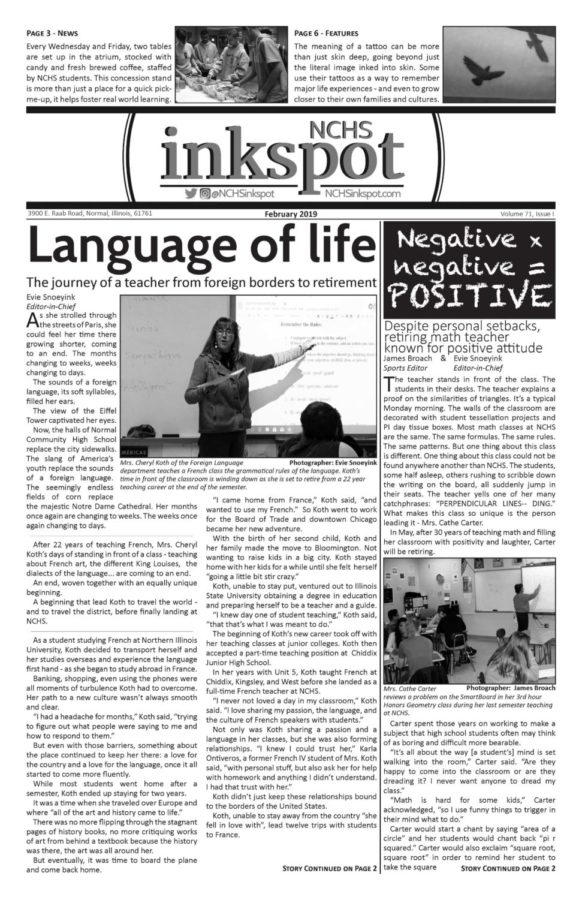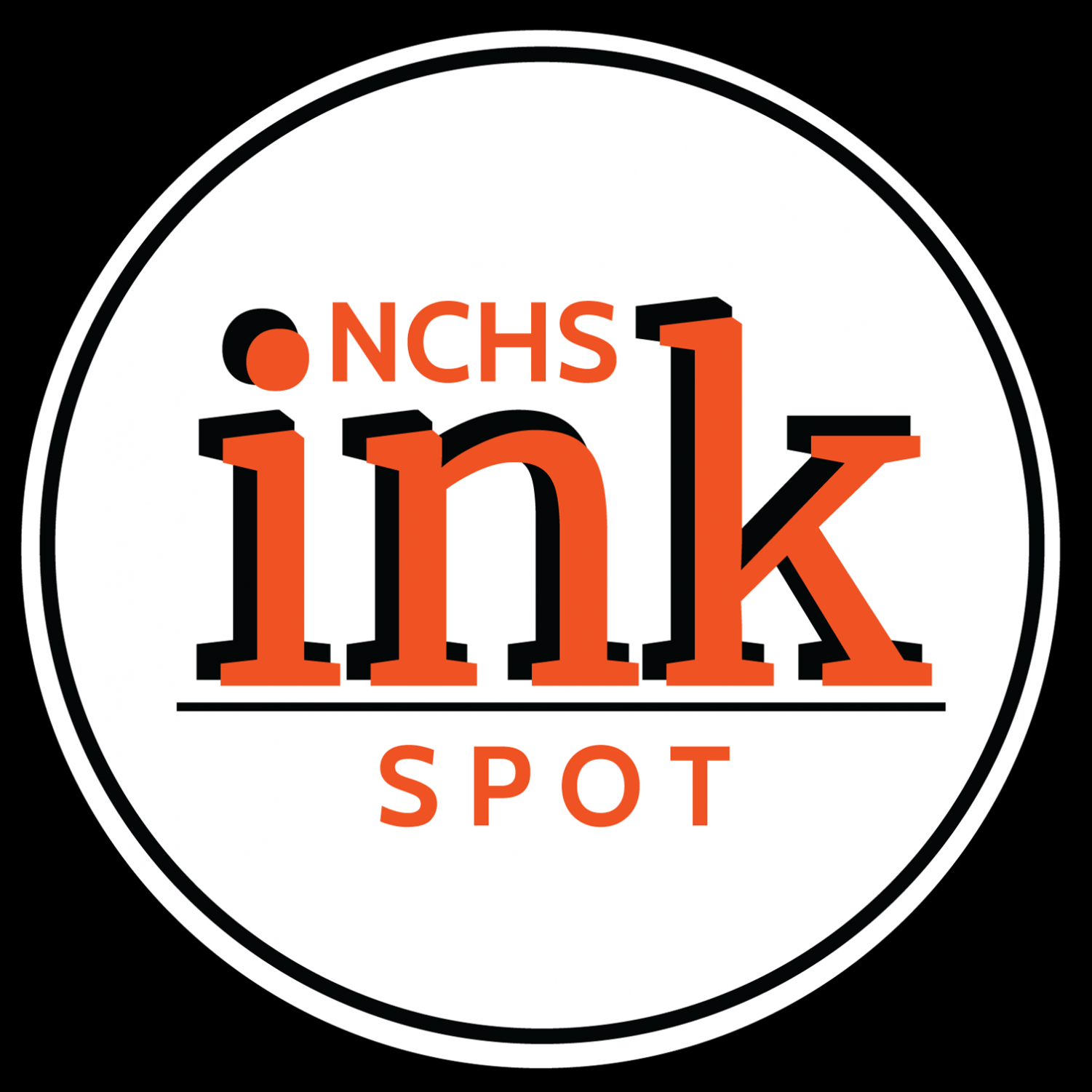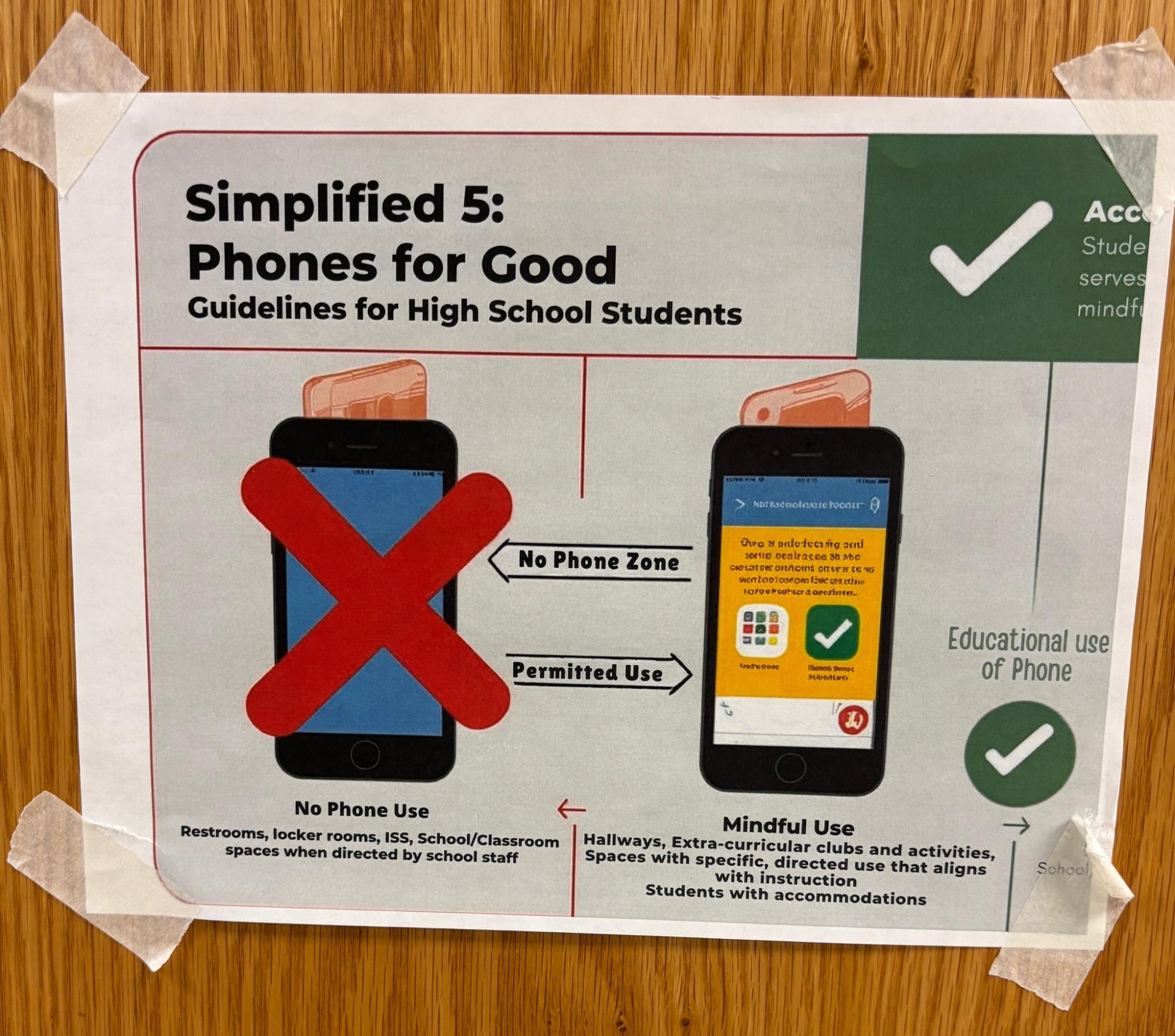Unit 5 will continue enforcing its “silent and away during the day” phone policy this school year after evaluating and rejecting the use of Yondr pouches, Superintendent Dr. Kristin Weikle said.
The policy, first enacted last year, limits student phone and device use during the school day.
Entering this school year, the district clarified guidelines for families: elementary and junior high students are not permitted to use phones or smart devices at all during the day, while high school students may use their phones during lunch, passing periods or with expressed teacher permission.
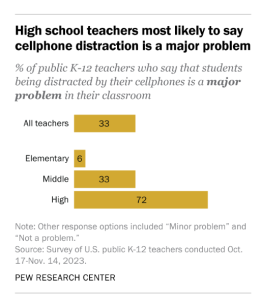
“In elementary and junior high, it’s worked really well,” Weikle said. “This year, I think we’ve done a better job communicating to families.”
At the elementary level, enforcement has extended to smartwatches, with teachers helping students understand that texting from a watch still counts as phone use.
High school administrators have reported anecdotal success with the policy so far, Weikle said.
“Most students follow the rules when you put them in place,” she said. “But we’ll be monitoring how many referrals we have for cell phone violations. Do we need to do something different to help guide us for future decision making?”
A Pew Research Center survey conducted in fall 2023 found that 72 percent of high school teachers viewed cellphone distraction as a major classroom problem, and six in 10 reported difficulty enforcing school phone policies.
Locally, several Community teachers said they stopped writing referrals last year because they felt students were not receiving consequences for violations.
That frustration was echoed by several Normal West teachers at two Unit 5 Board meetings last spring, calling for the district to ban cell phones outright.
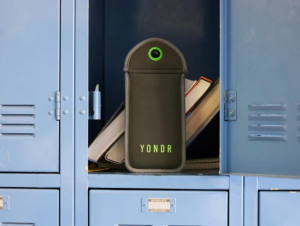
Yondr Promotional Materials // overyondr.com
Broader conversations about how to limit phone use also led the district to weigh adopting Yondr pouches—locking fabric phone cases used to restrict student access—after Weikle consulted with administrators from districts that had implemented the measure. But the option raised too many concerns about effectiveness and cost.
“Several principals reported that kids cut the bags, you could buy a key online to unlock it, or they would put fake phones in the bag and have the real phone on them,” Weikle said.
“When you think about spending that much money for students to cut them or go and find keys that can unlock them—is it really worth spending the money? Is there a better use of those funds?”
Weikle said successful enforcement of the policy depends on staff consistency.
“With a lot of things, we, the adults, have to enforce,” she said. “If we say cell phones can only be used with teacher permission for educational purposes, we as educators really have to enforce that.”

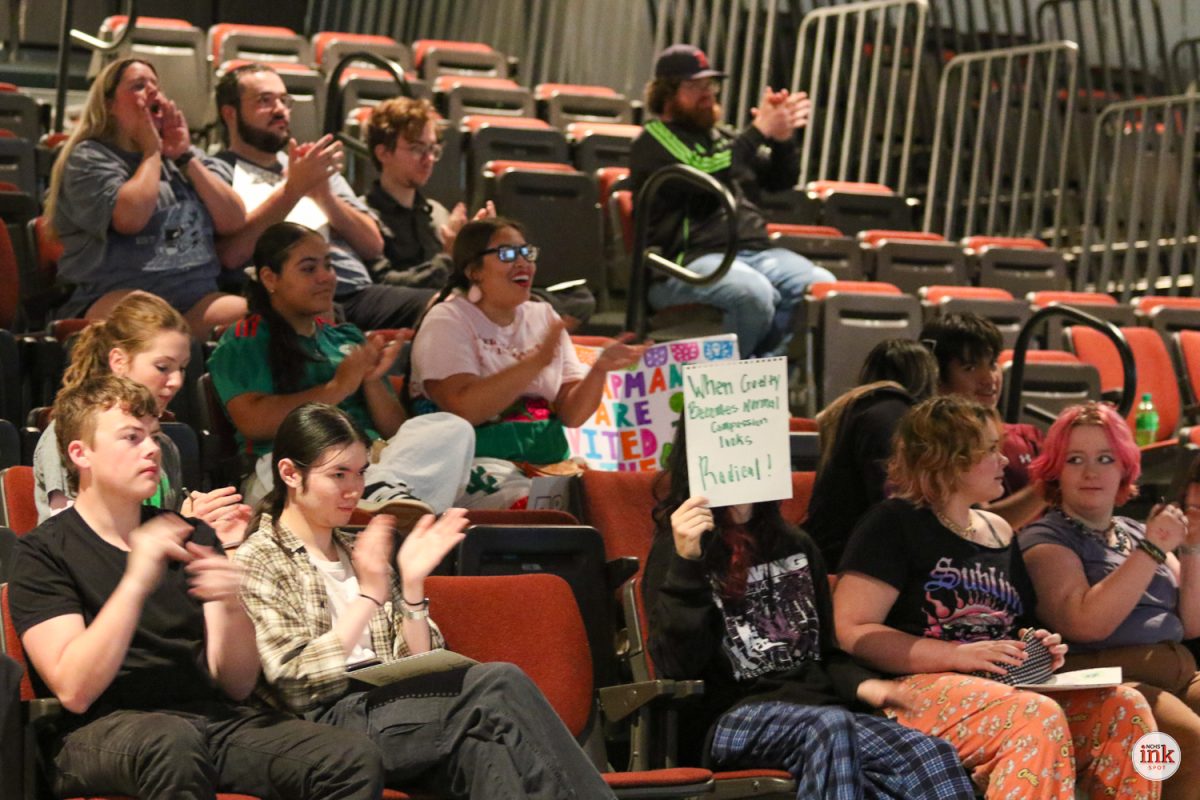

![Community honors longtime coach Mr. Bryan Thomas before Oct. 3 game [photo gallery]](https://nchsinkspot.com/wp-content/uploads/2025/10/Thomas-6-1200x1200.jpg)
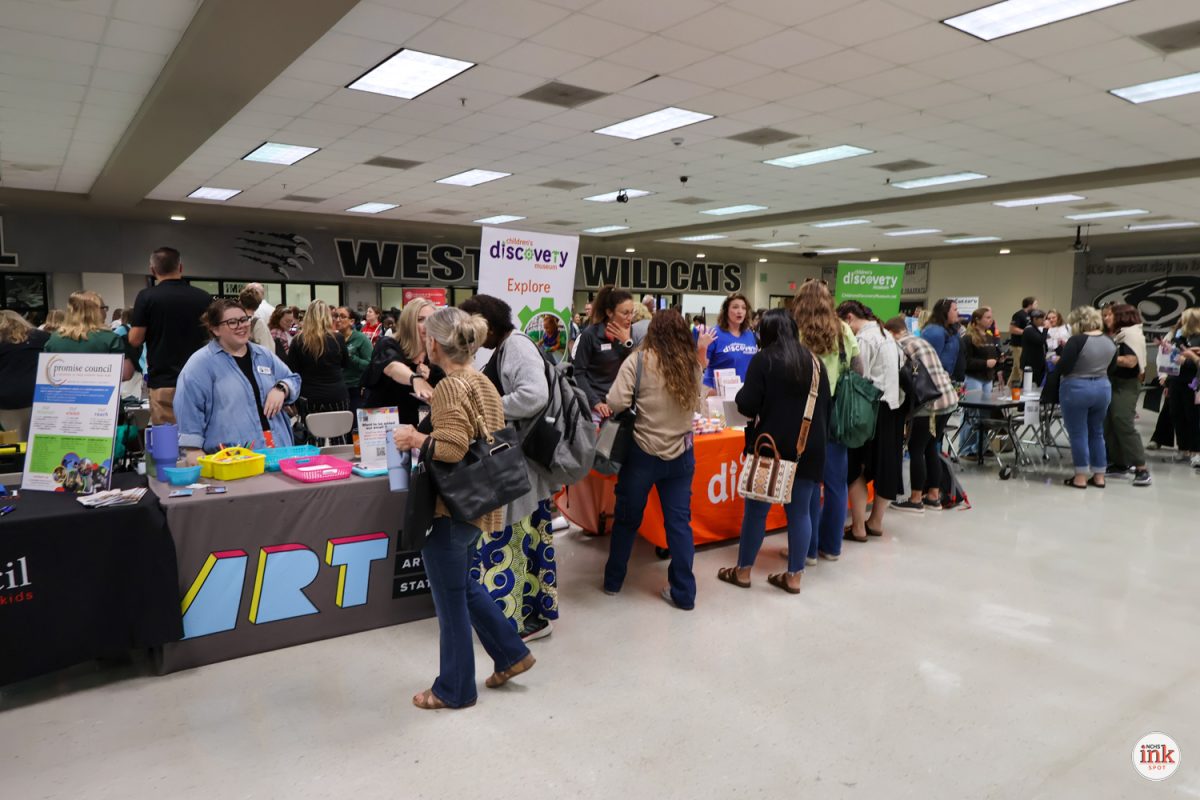


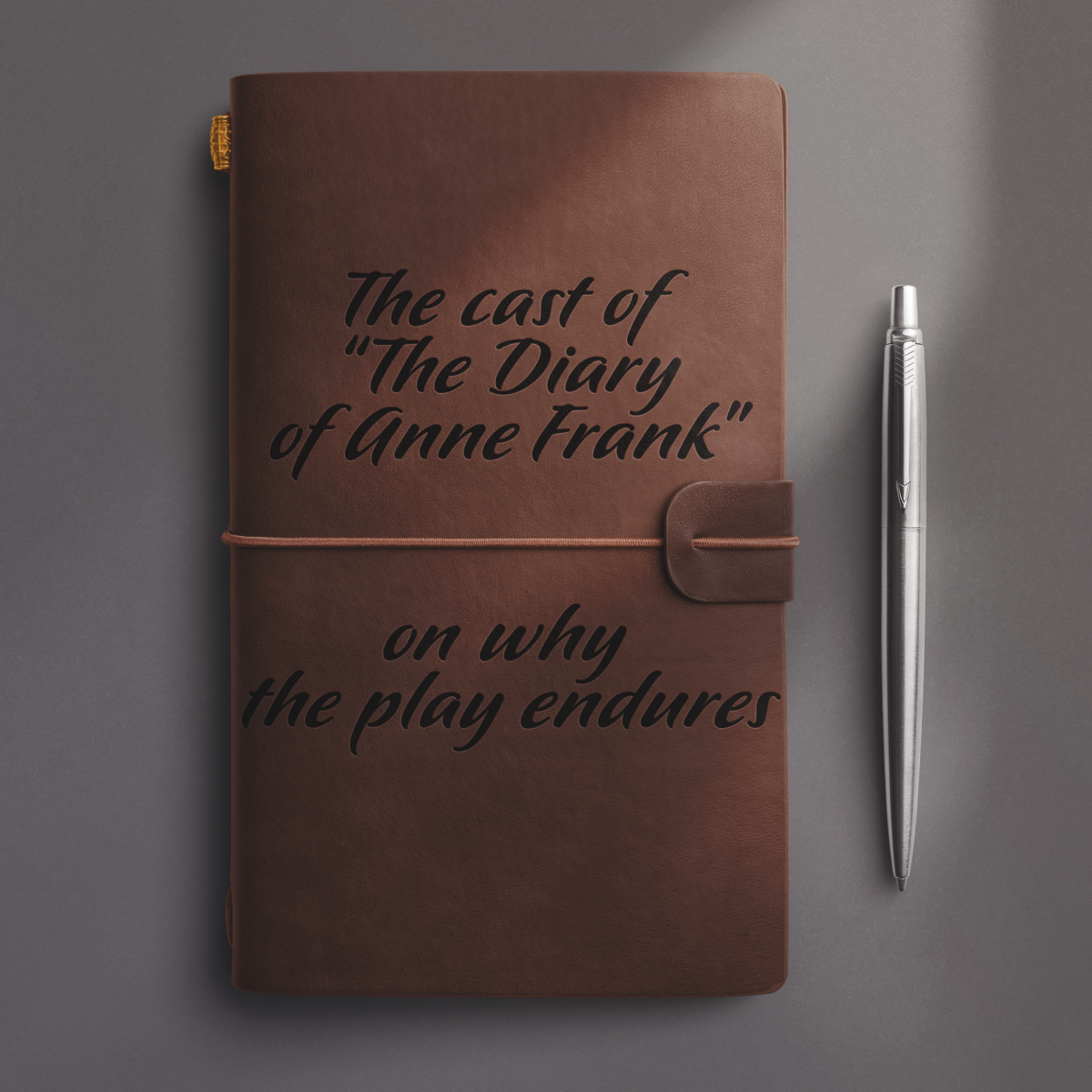



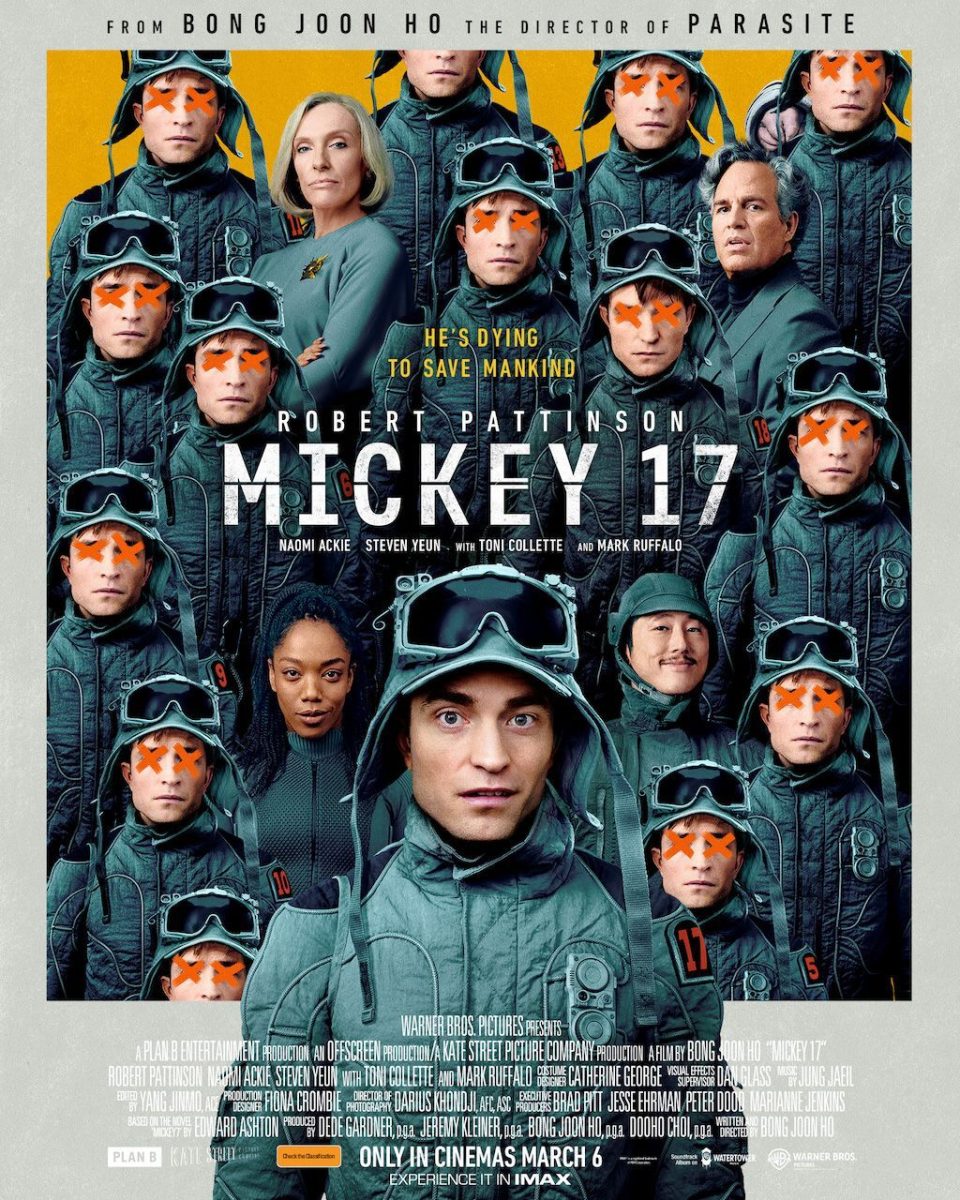




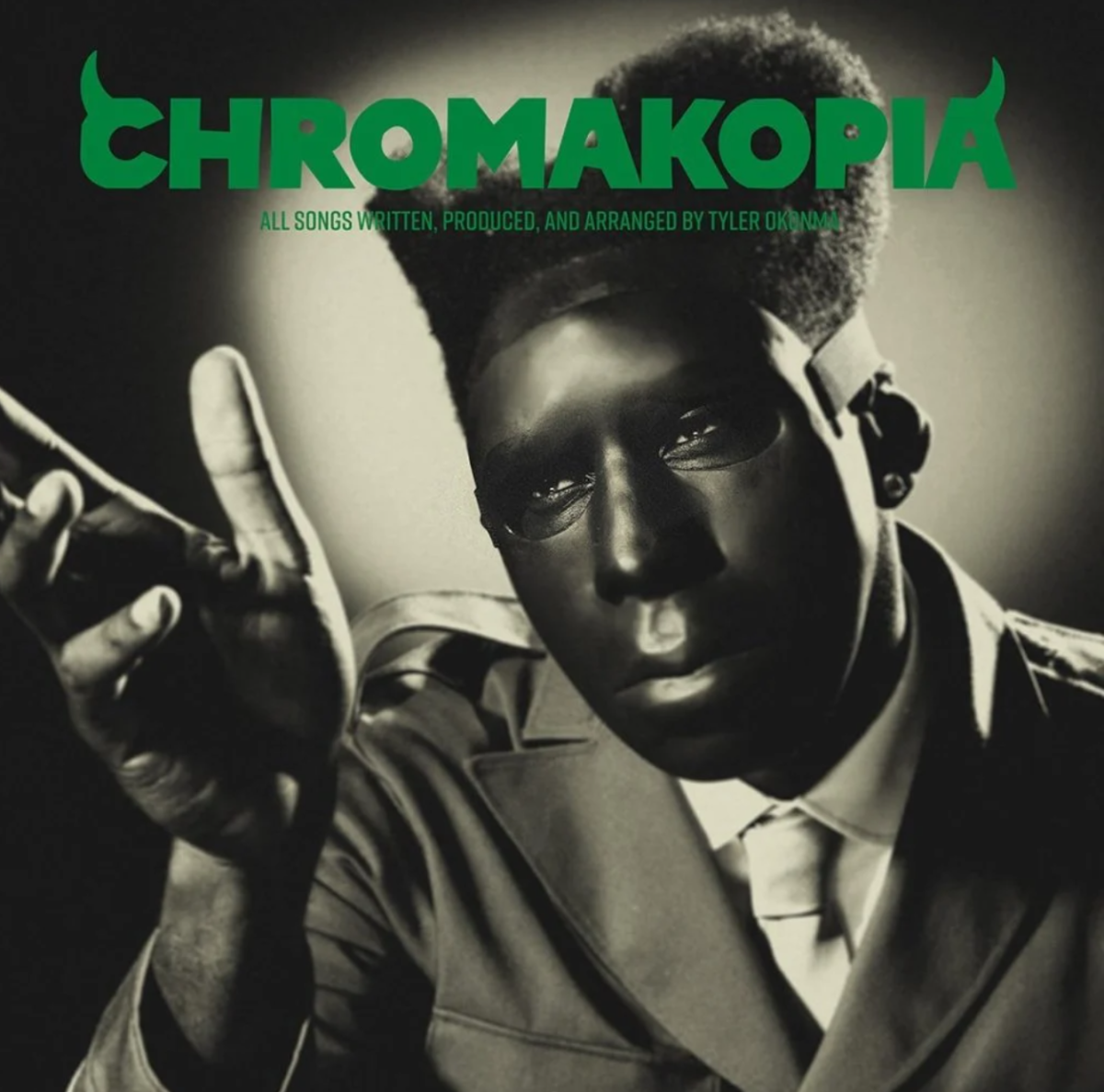

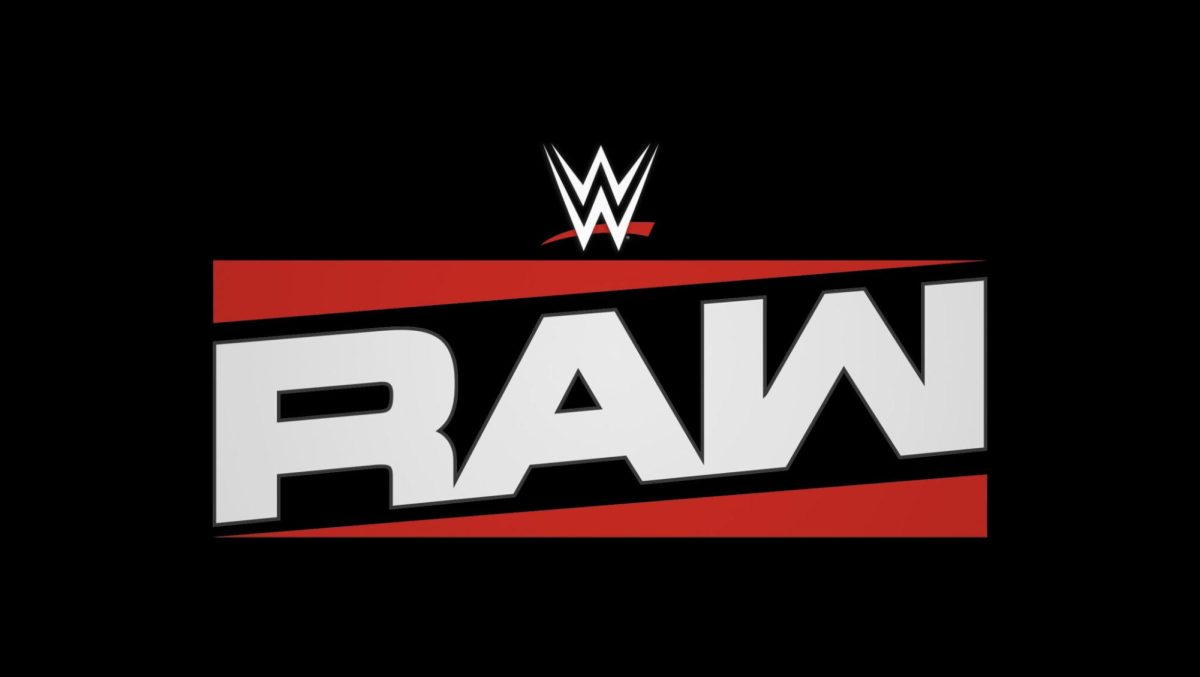





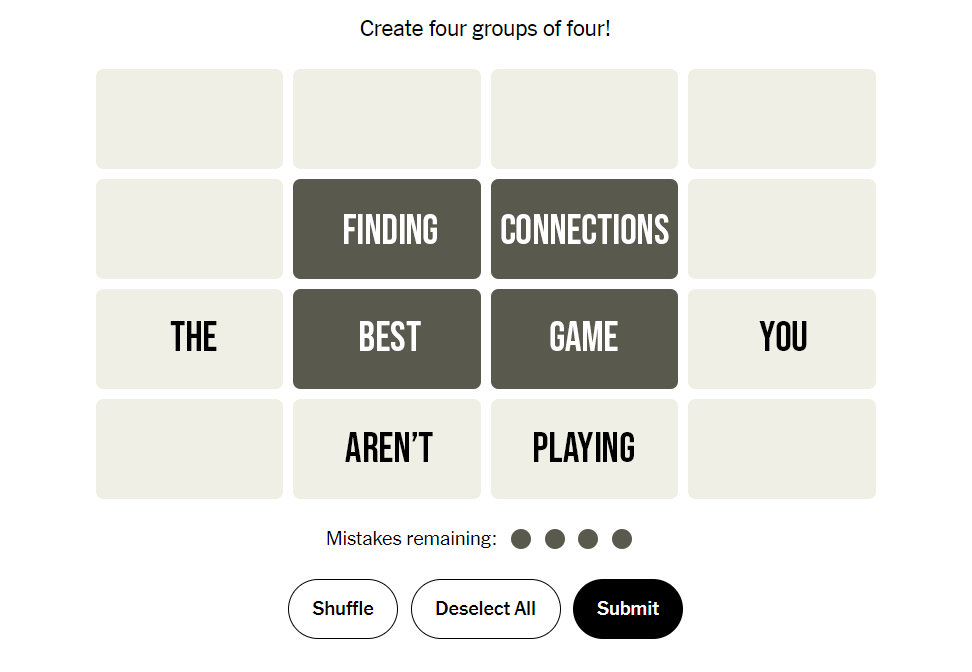
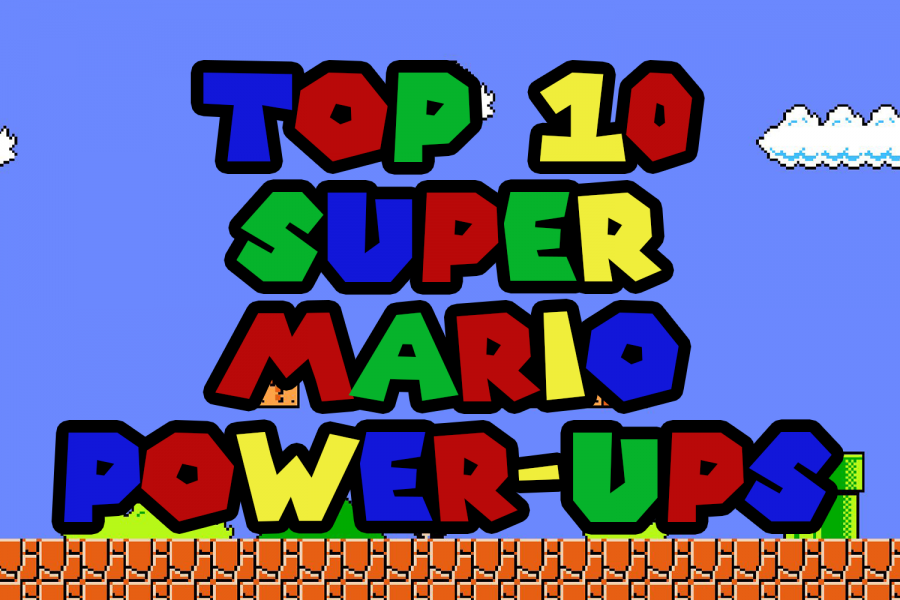
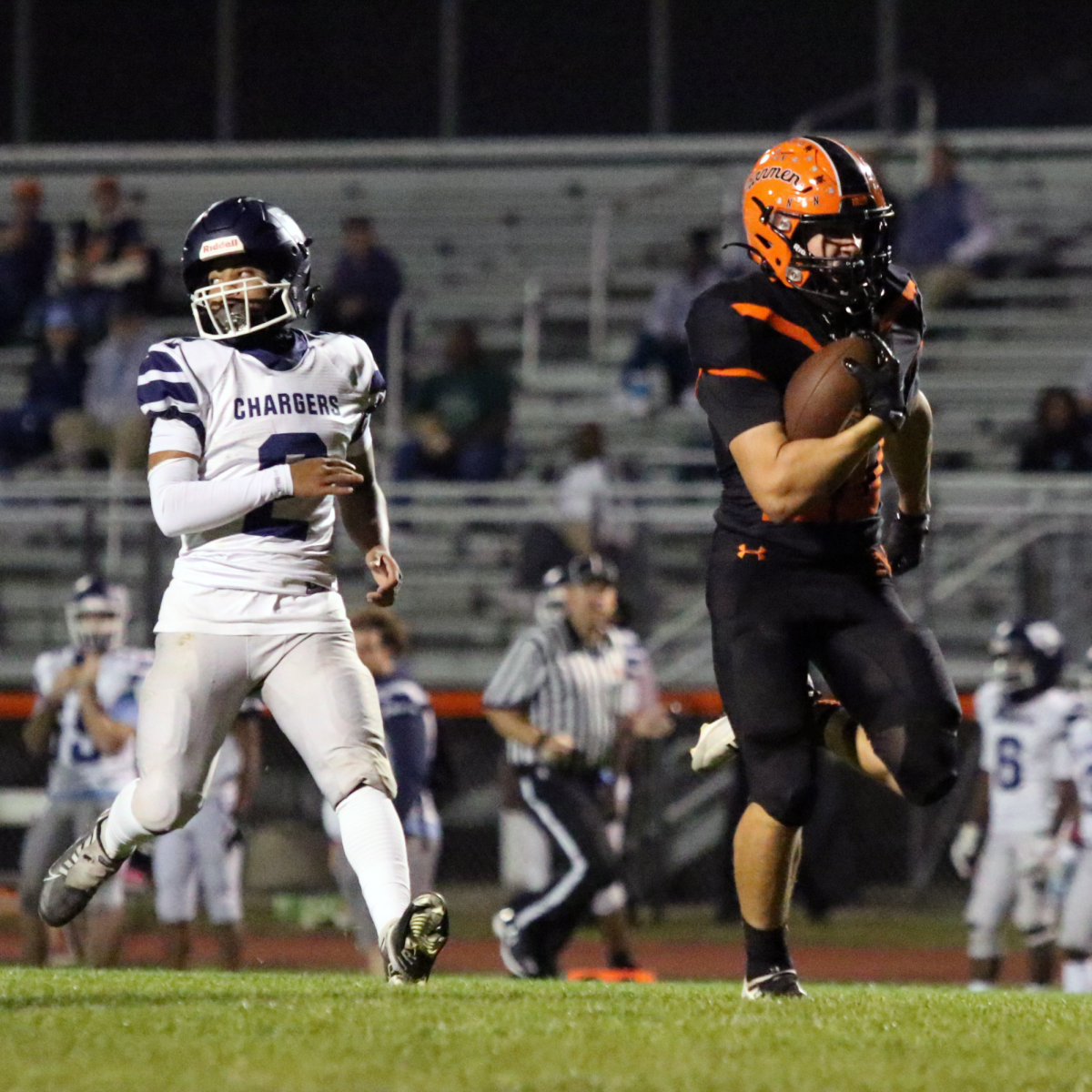
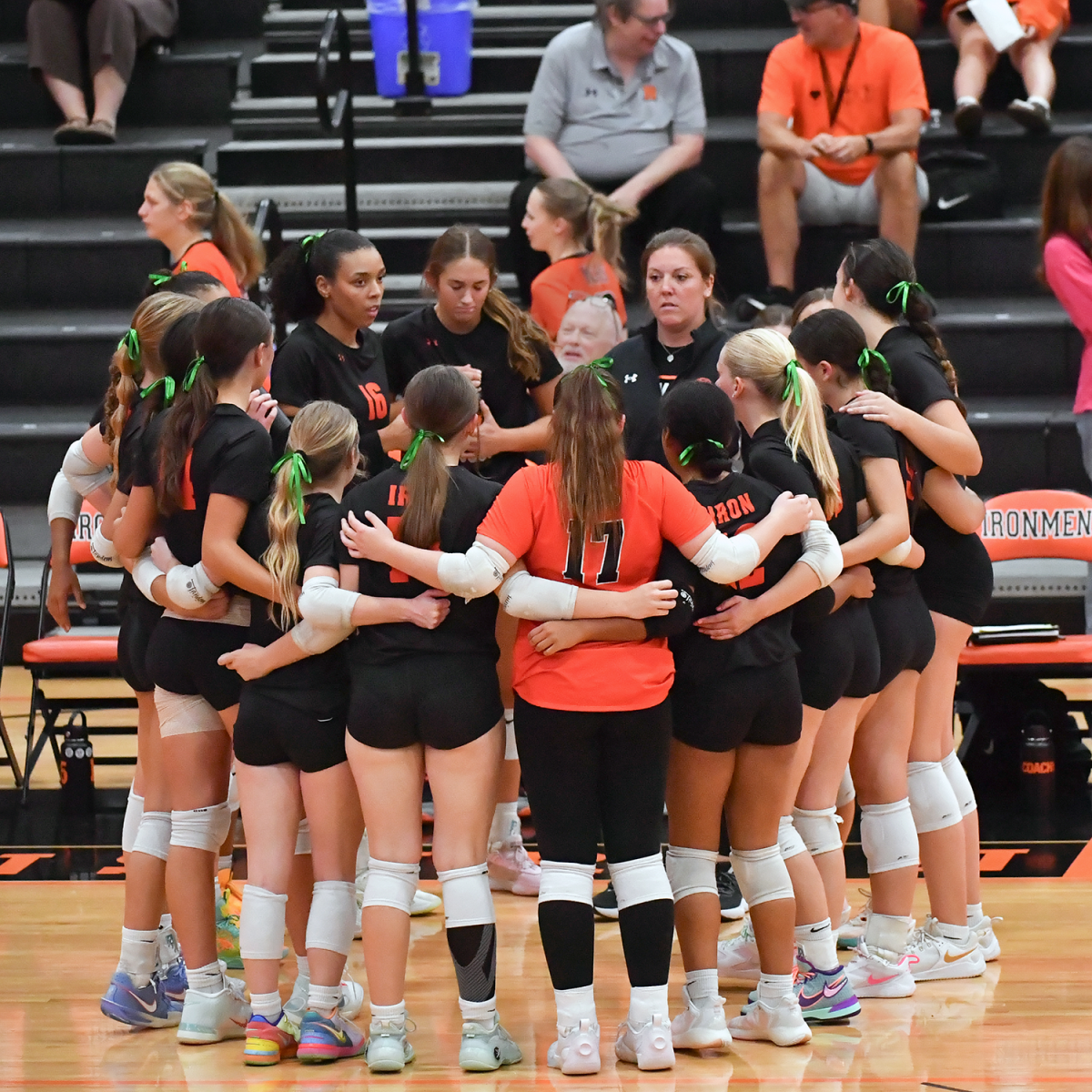
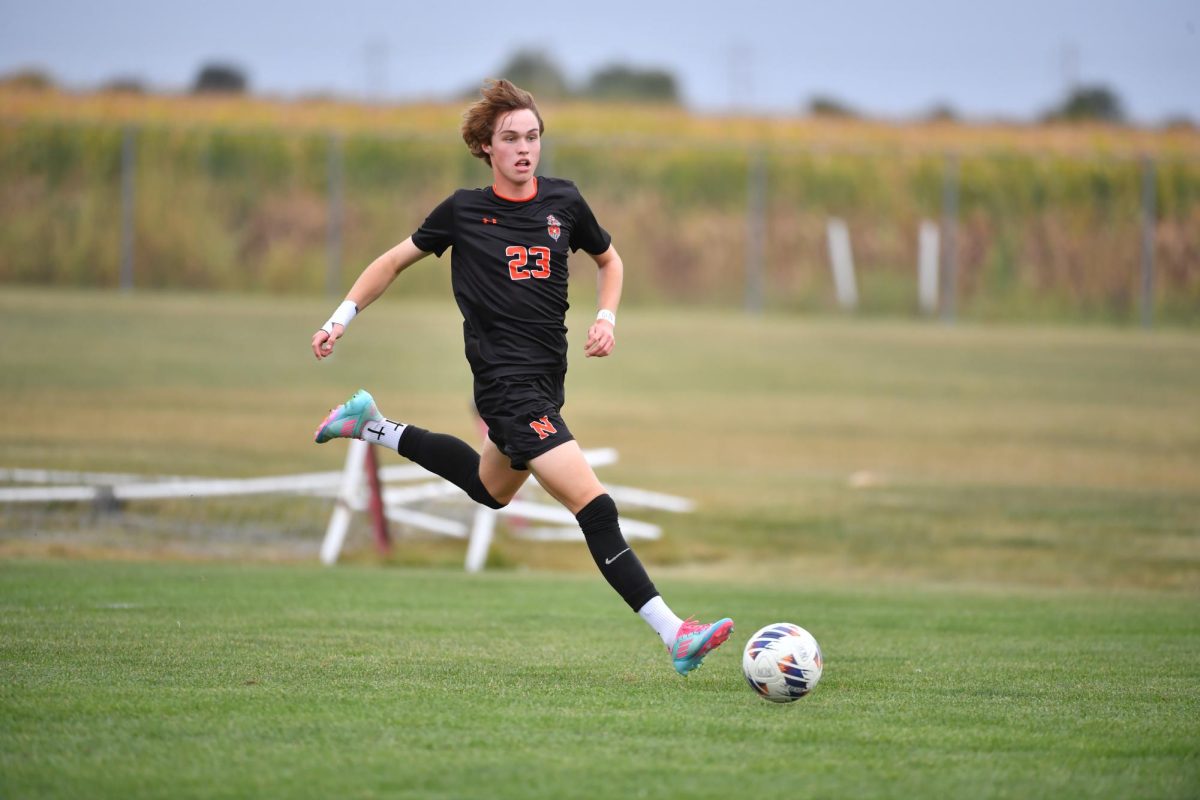
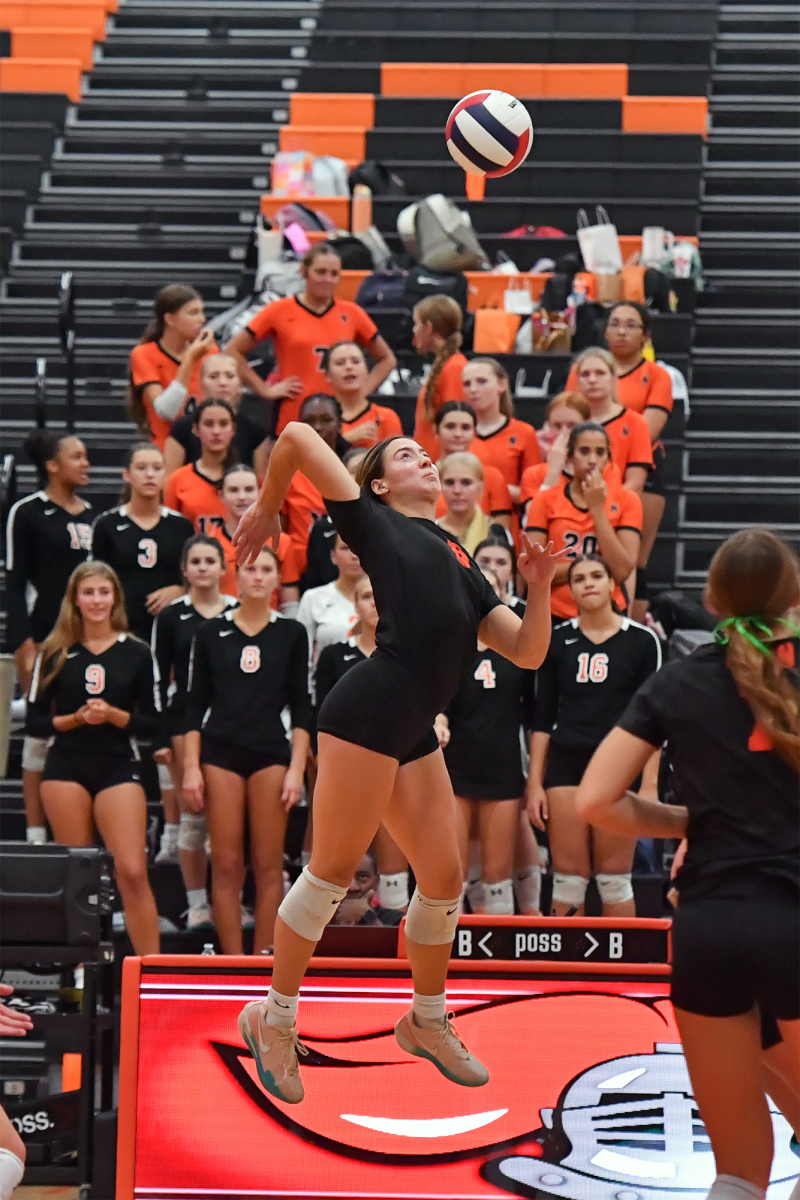
![Ironmen volleball head coach Ms. Christine Konopasek recorded her 400th career victory Oct. 21 as the Ironmen closed their regular season with a 2-0 sweep over Danville.
[Photo Illustration]](https://nchsinkspot.com/wp-content/uploads/2025/10/Vball400Thumb.png)

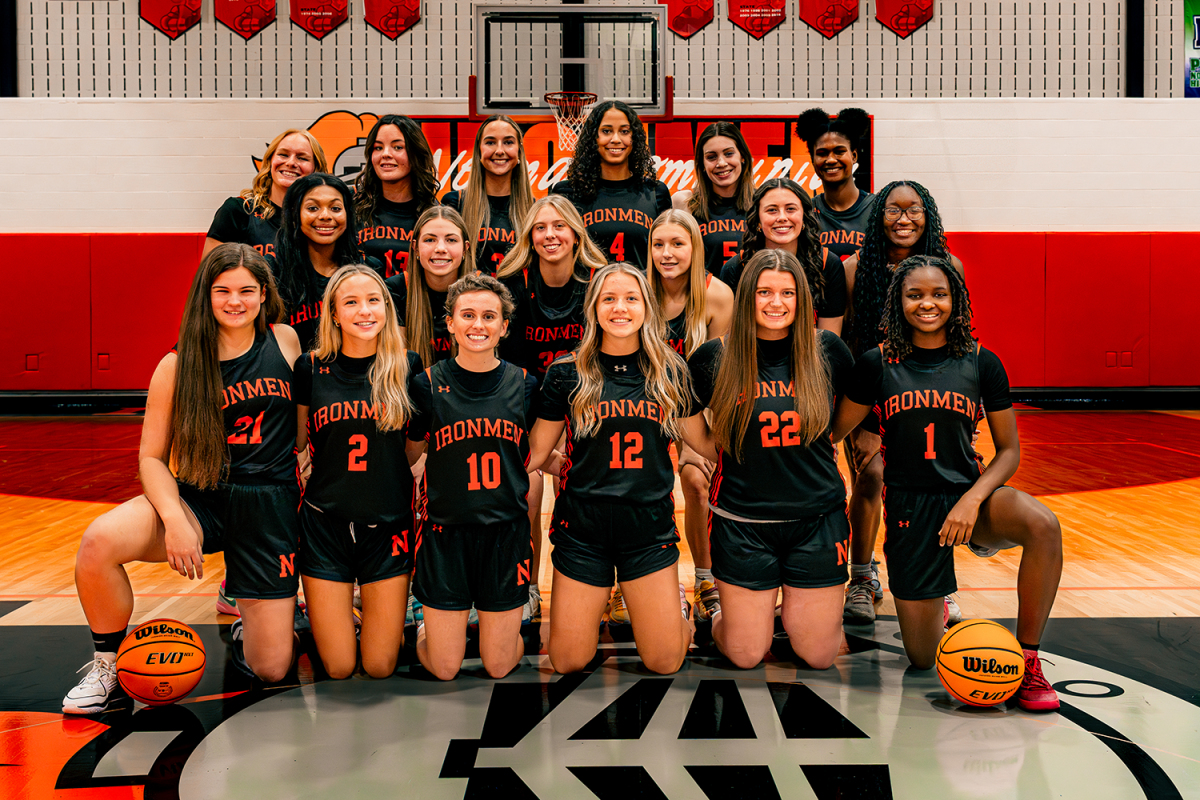
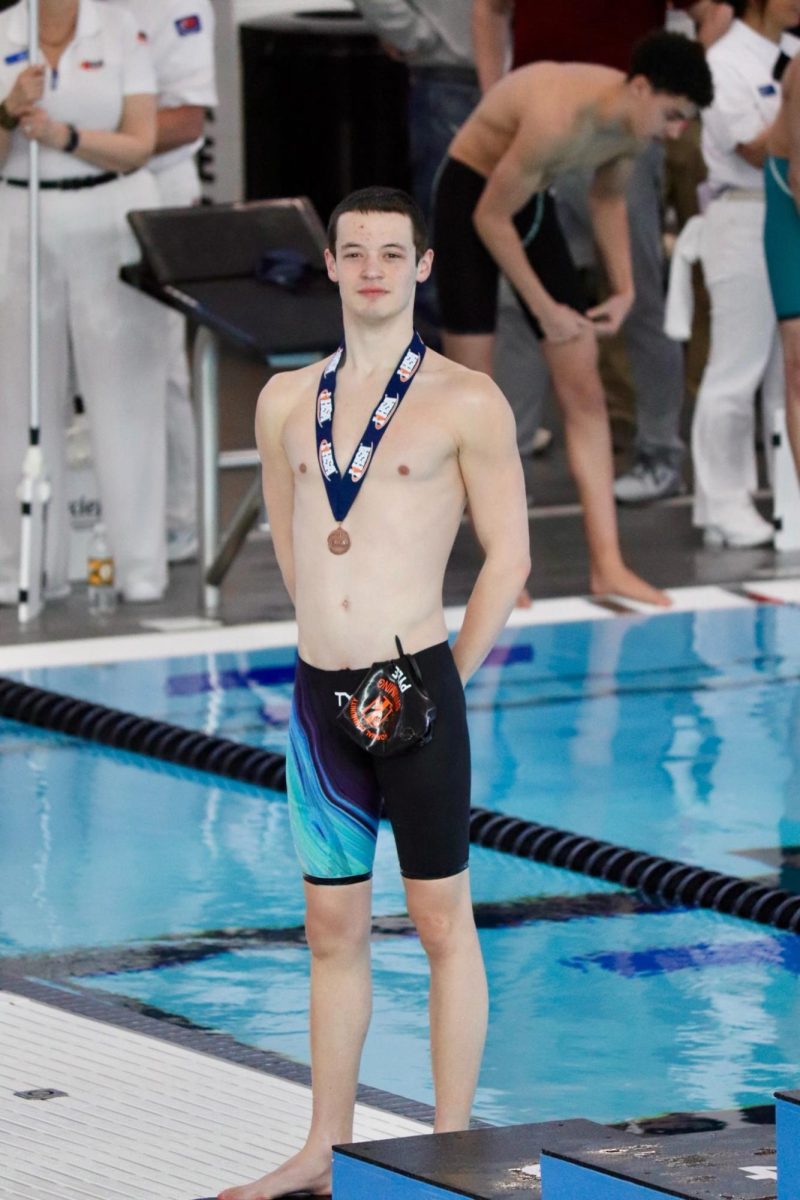
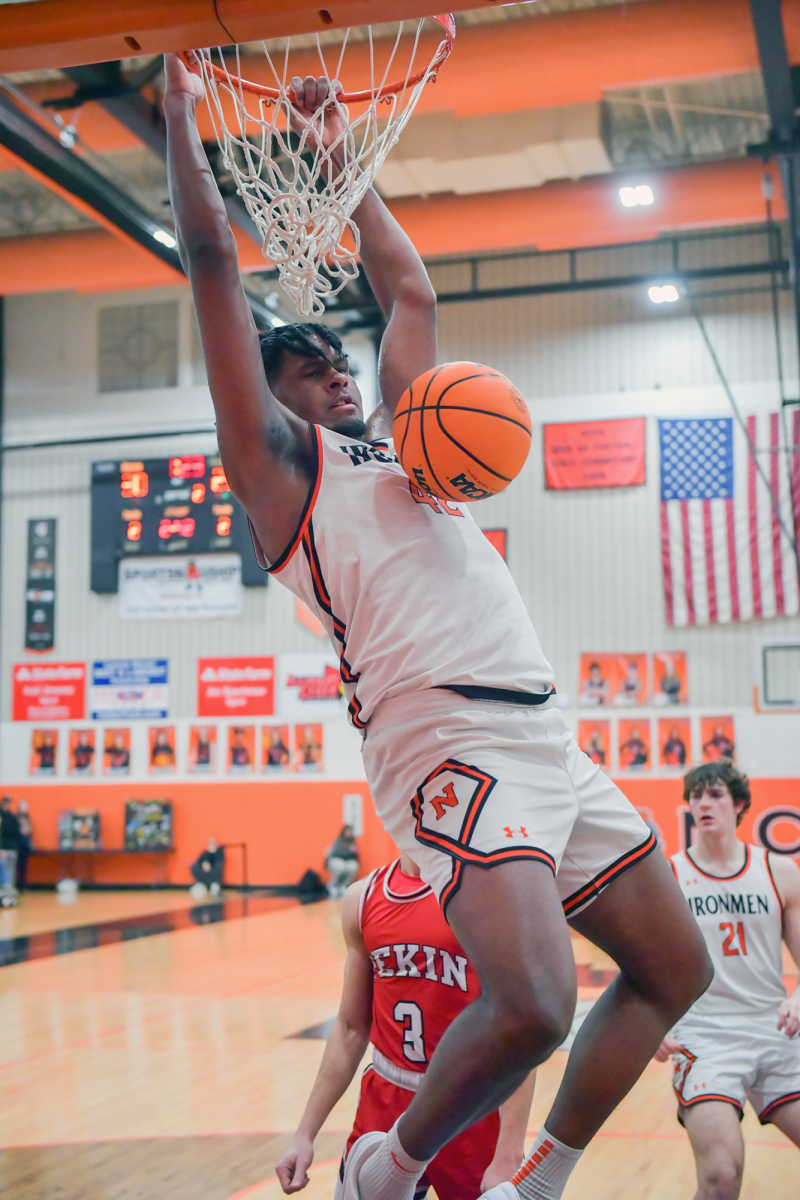
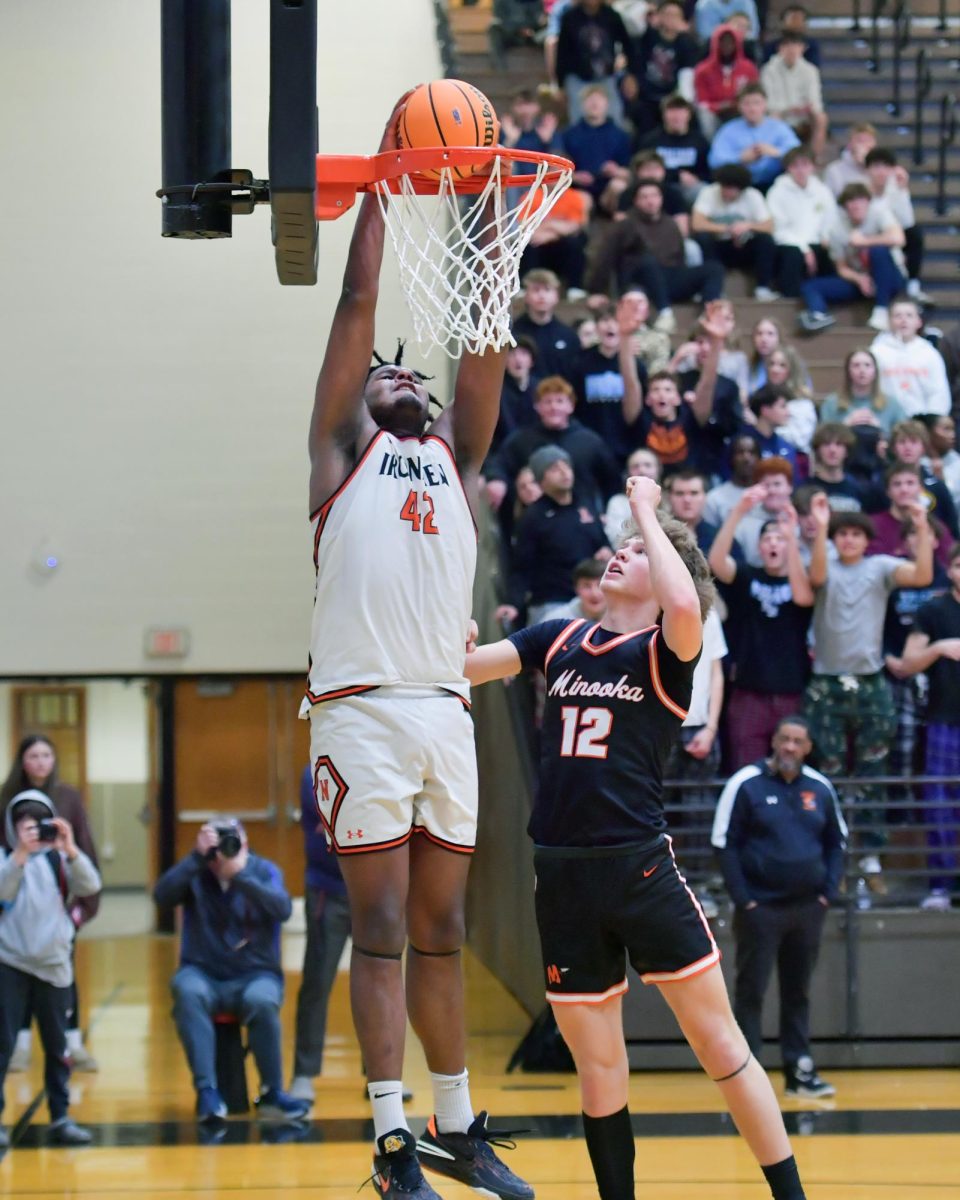
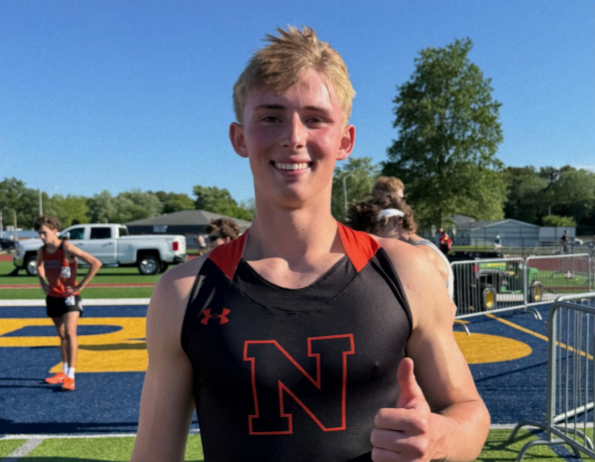
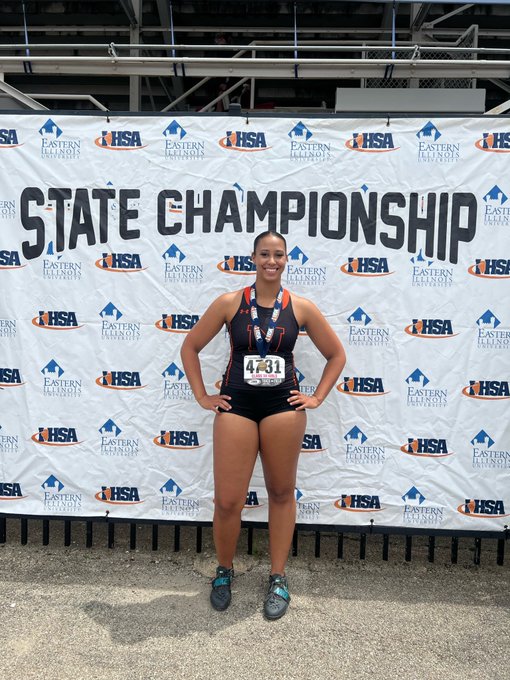
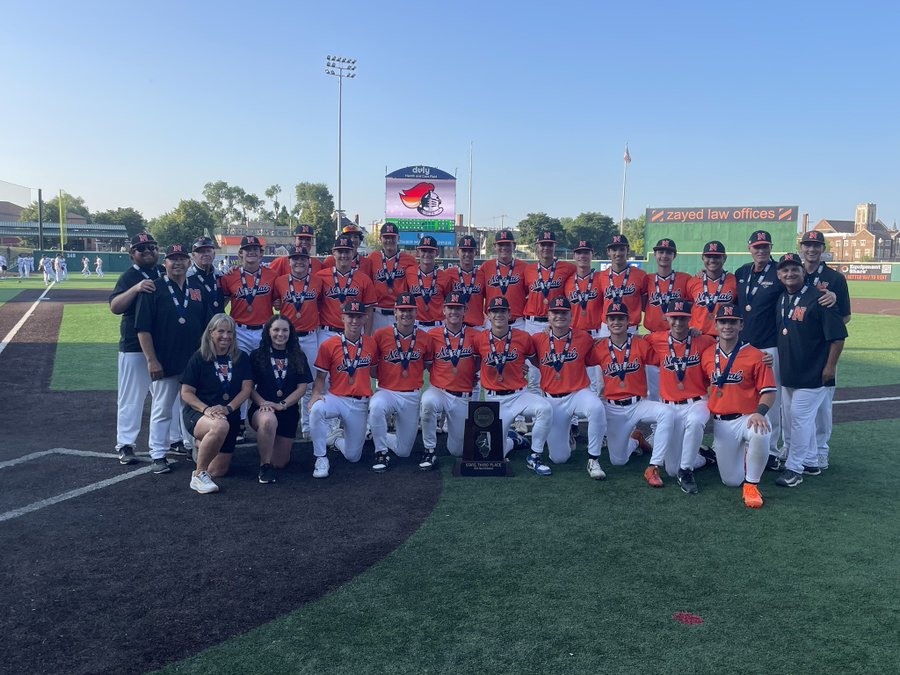
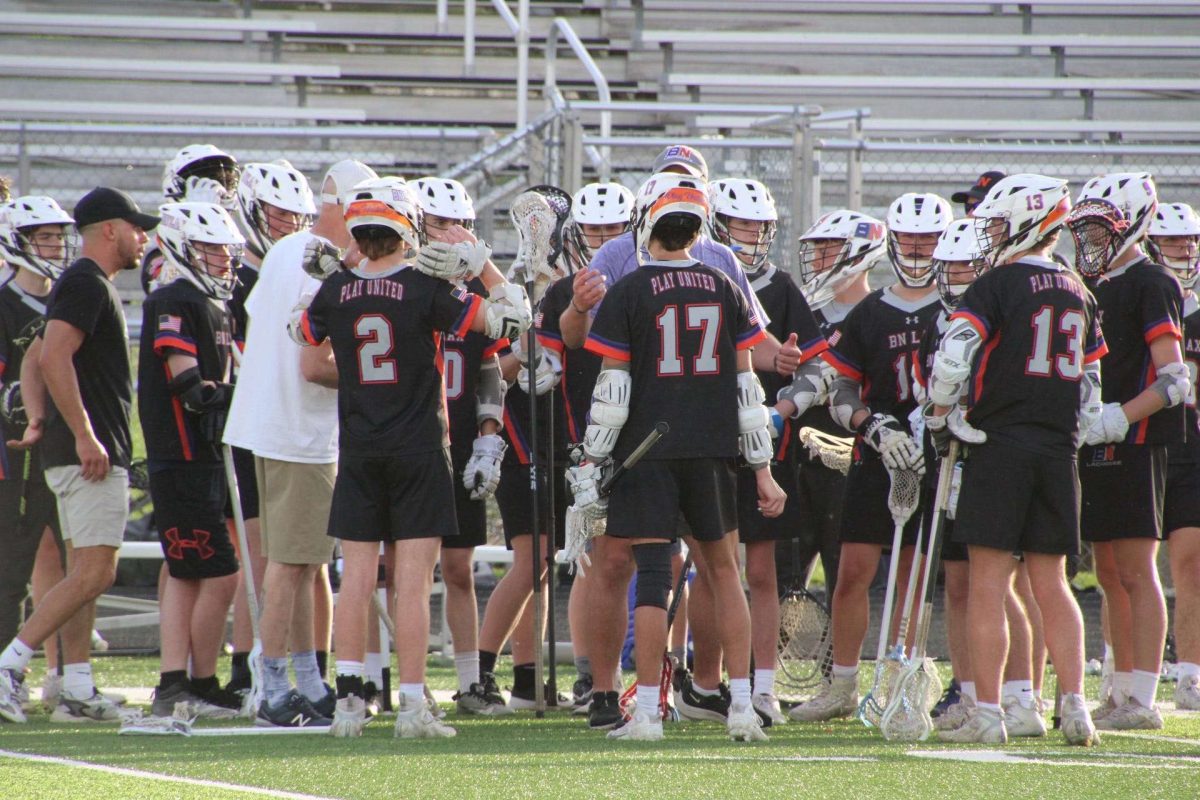


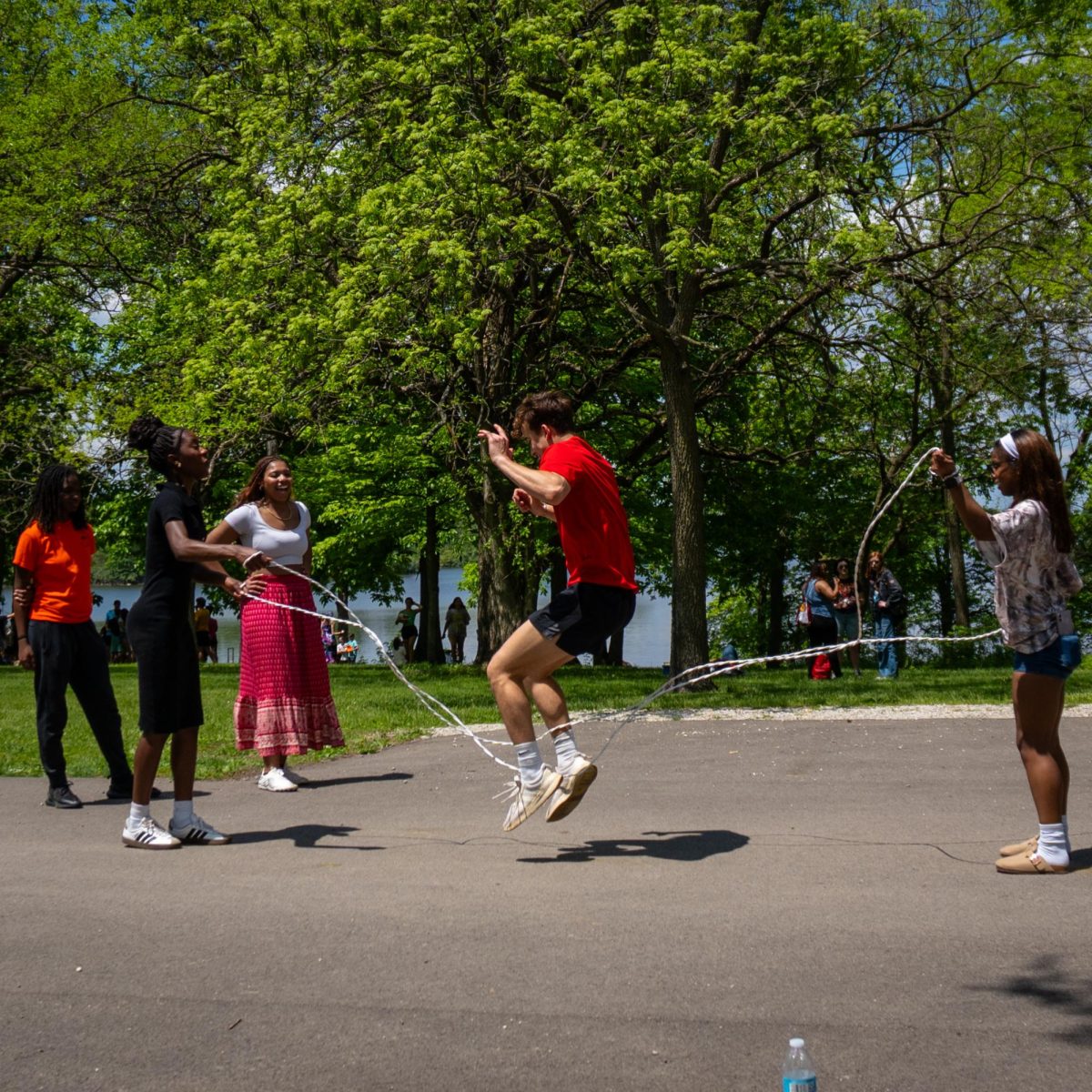

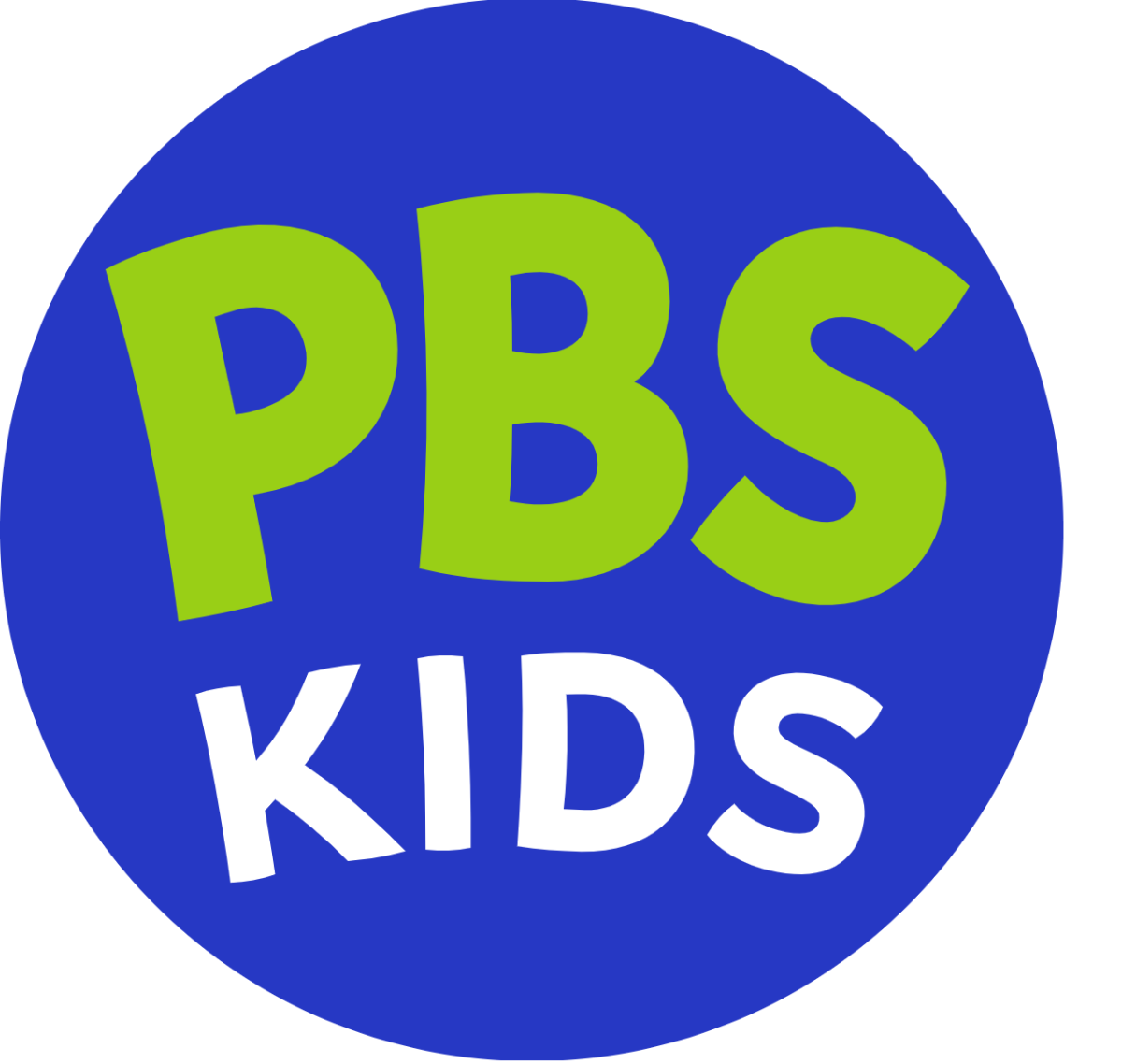
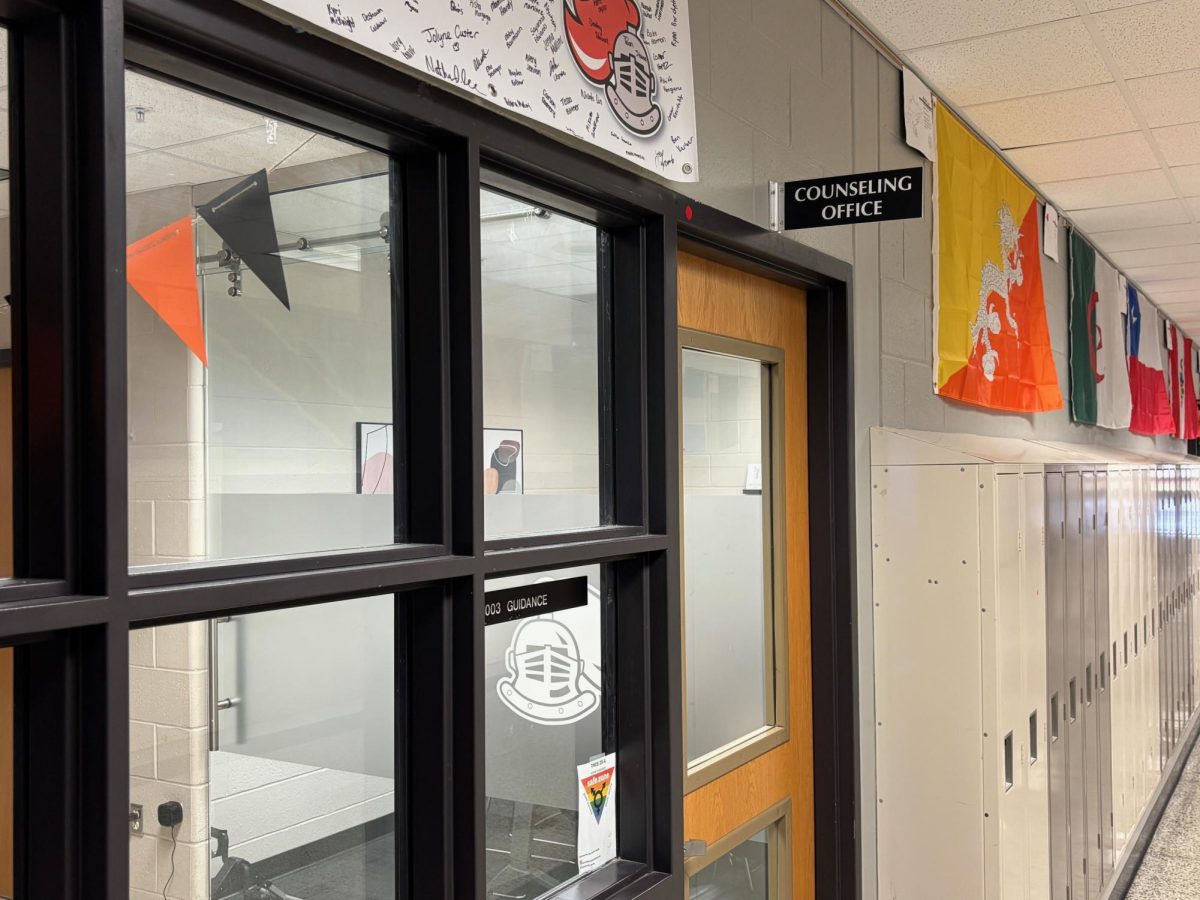
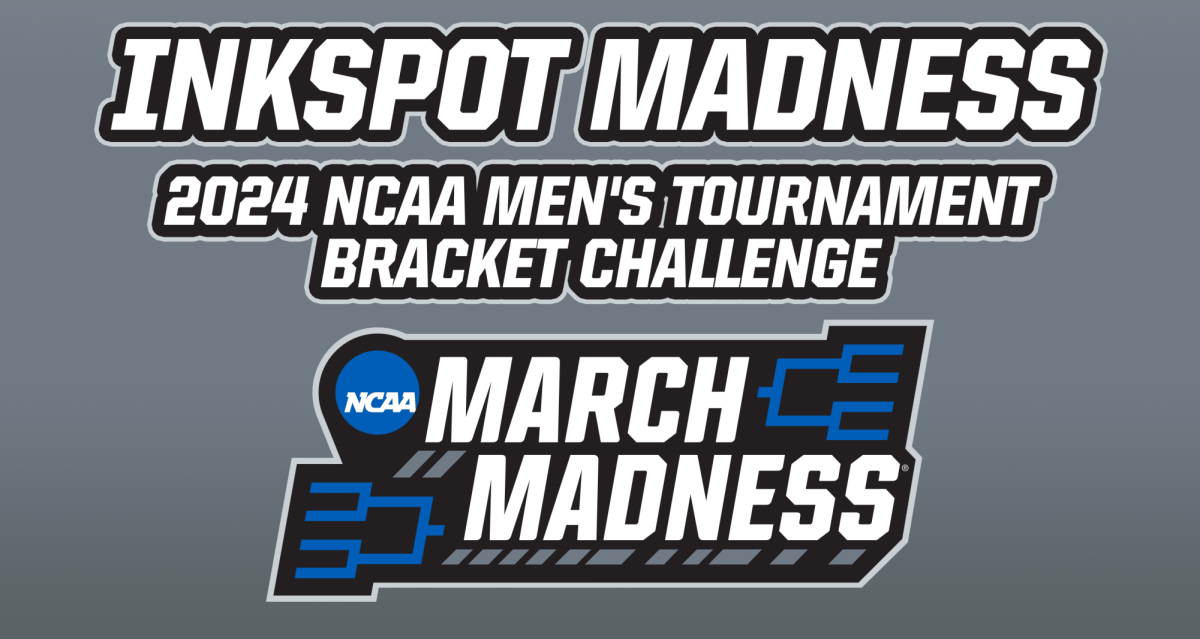
![Halloween candy cross section quiz [quiz]](https://nchsinkspot.com/wp-content/uploads/2022/10/Candy-cover-big-900x675.png)
![Average Jonah? [quiz]](https://nchsinkspot.com/wp-content/uploads/2022/05/average-jonah-900x600.png)


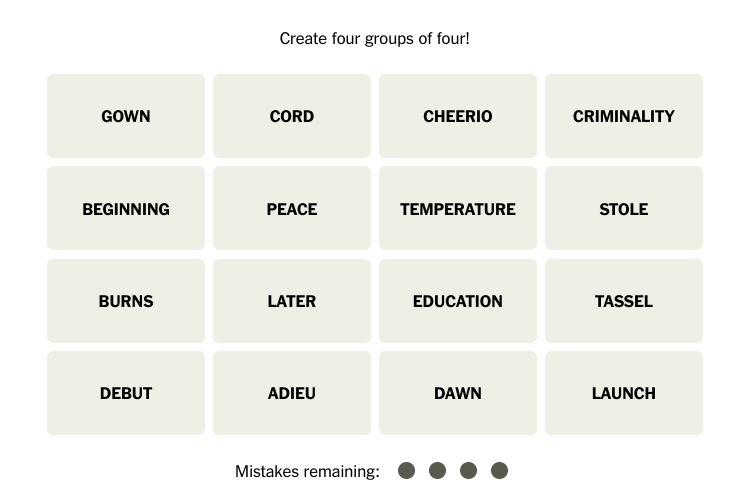
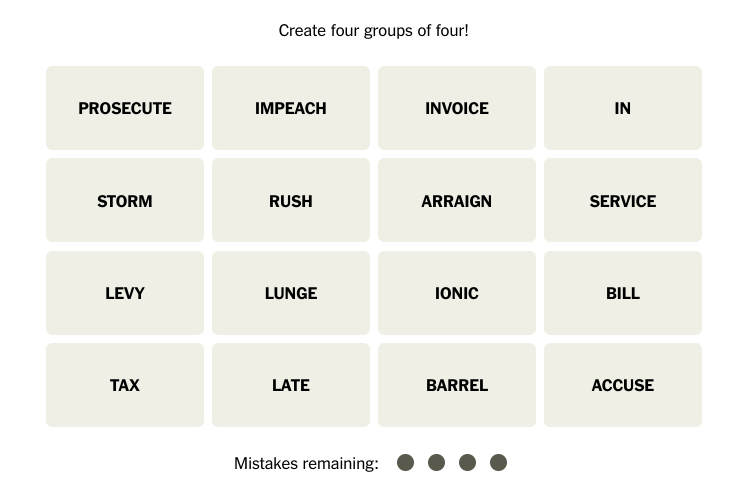
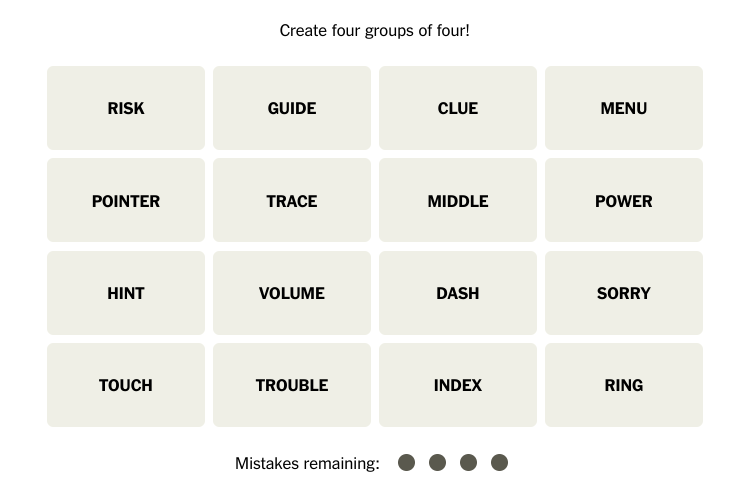
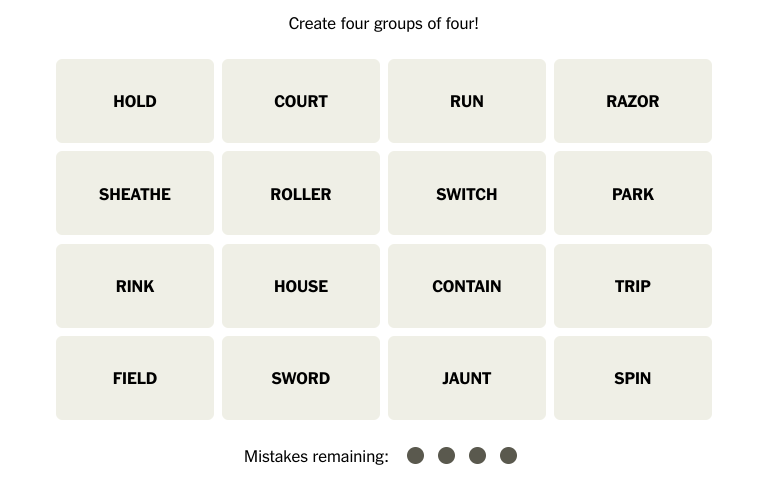
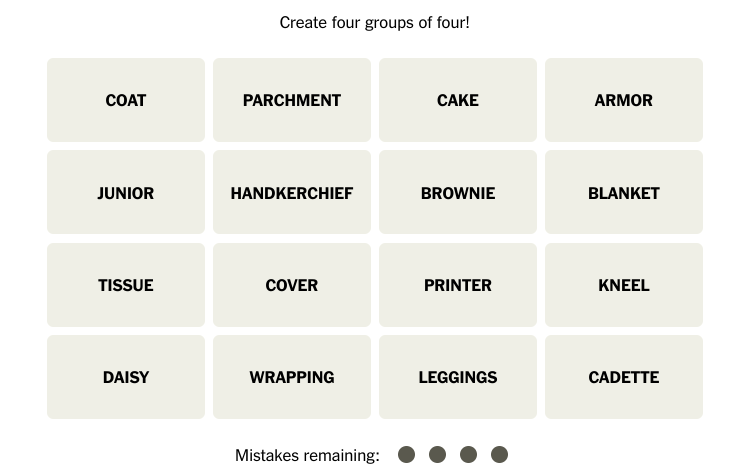
![[Photo Illustration]](https://nchsinkspot.com/wp-content/uploads/2025/09/trigger-words-1.png)










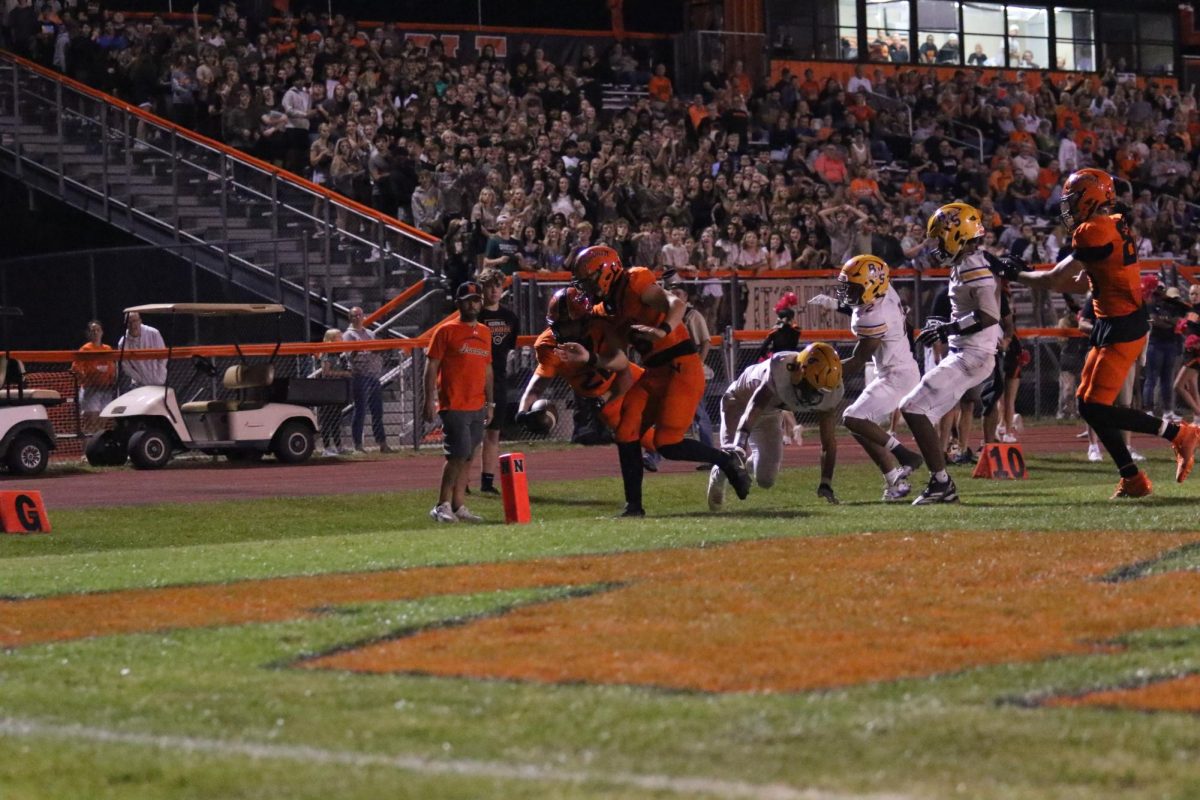
![Week 9: Coach Drengwitz on Week 8’s win, previewing Peoria High [video]](https://nchsinkspot.com/wp-content/uploads/2025/10/W9_PeoriaThumb.png)
![Postgame: Drengwitz on Community’s 56-6 win over Champaign Centennial; staying unbeaten in Big 12 [video]](https://nchsinkspot.com/wp-content/uploads/2025/10/10.17_FBwChampCent56-6_POST_thumb.png)



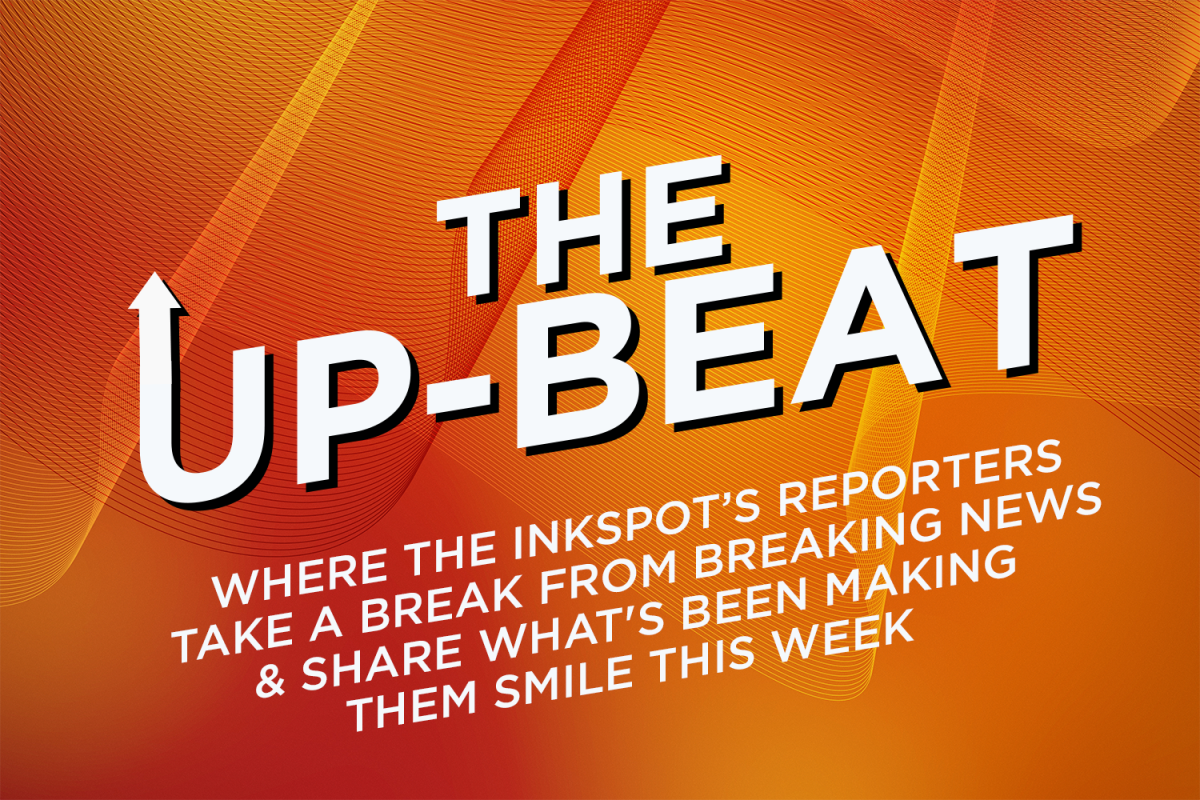


![Week 7: Coach Drengwitz recaps the Ironmen’s win over Bloomington, talks Danville [video]](https://nchsinkspot.com/wp-content/uploads/2025/10/Vikings-feature-Image-1200x675.png)
![On the Spot: This or That – Halloween [video]](https://nchsinkspot.com/wp-content/uploads/2024/10/tot-Halloween-YT-1200x675.png)
![On the Spot: This or That – Fall favorites [video]](https://nchsinkspot.com/wp-content/uploads/2024/10/ots-fall-web-1200x800.png)
![On the Spot – Teachers tested on 2023’s hottest words [video]](https://nchsinkspot.com/wp-content/uploads/2024/01/On-the-Spot-Teachers-tested-1200x675.png)

